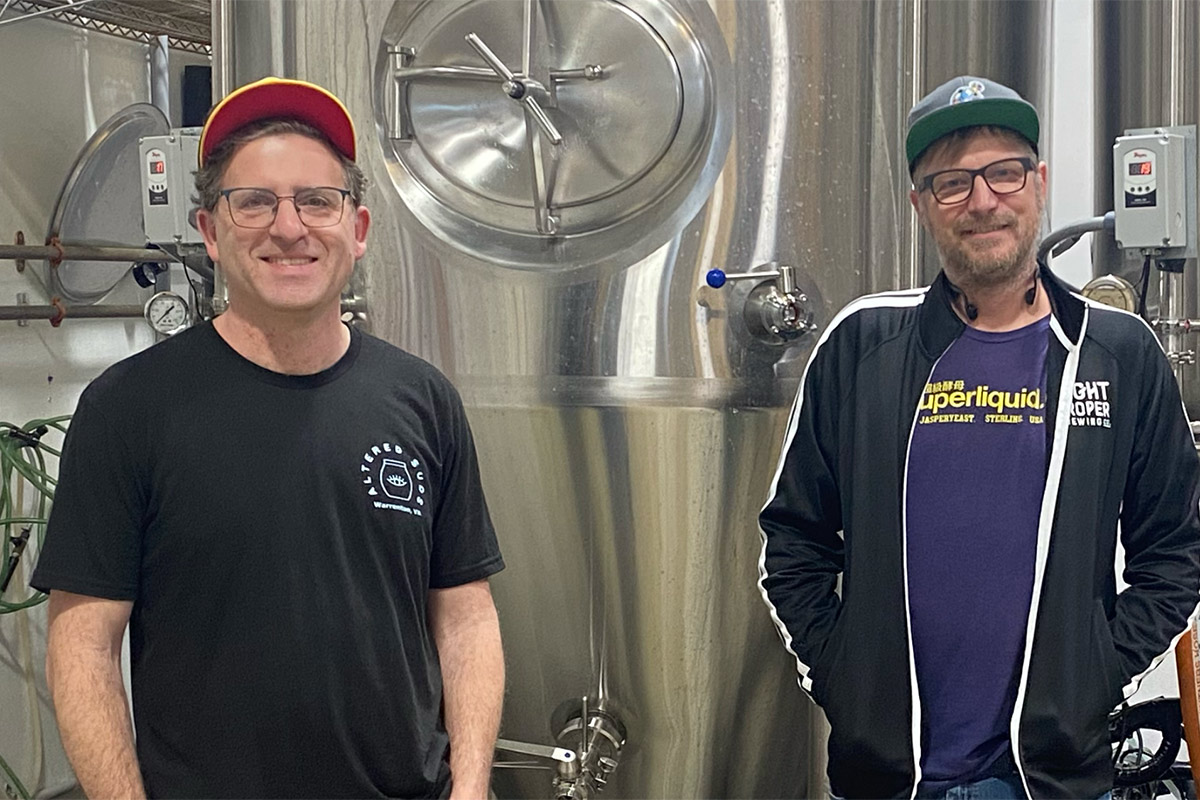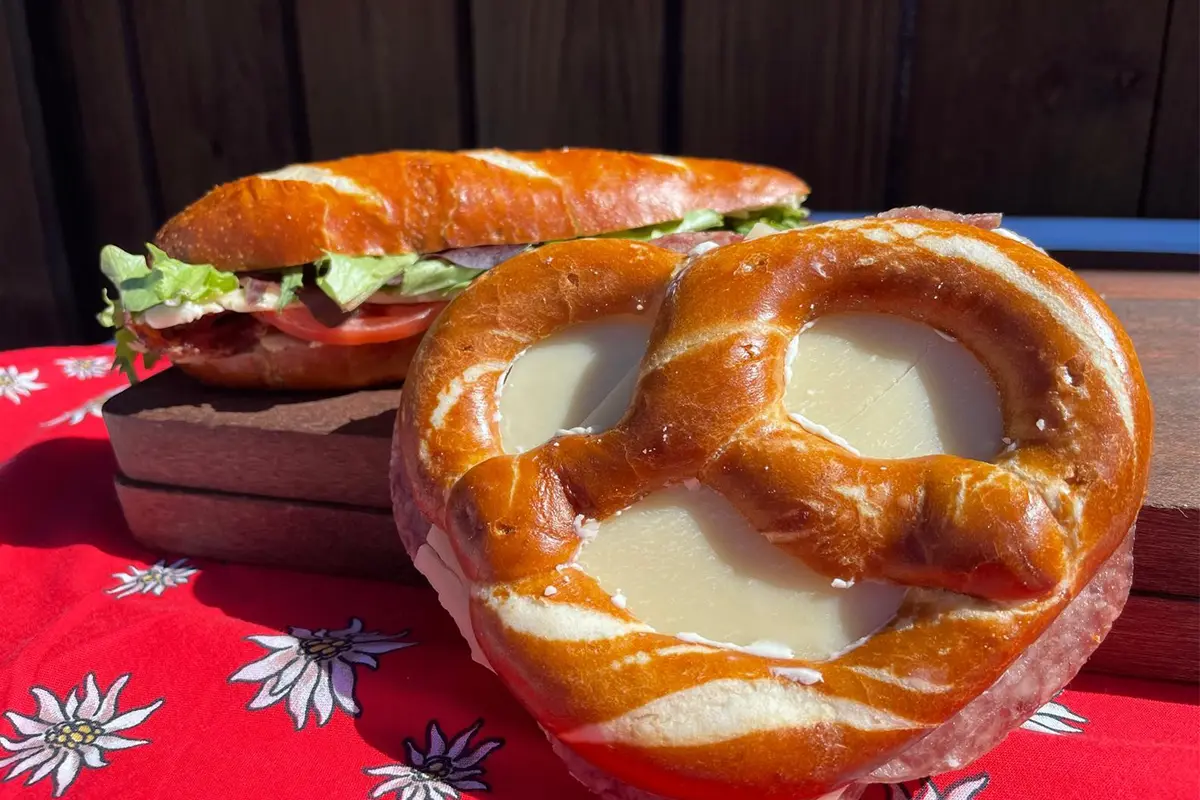Northern Virginia has its fair share of craft breweries serving up tasty pints. But none of those ales, lagers, or IPAs would exist without one simple ingredient: yeast.
And one Loudoun business, Jasper Yeast, is at the heart of it all. Yeast kickstarts the fermentation process, and the type of yeast used can determine whether a beer will taste fruity, nutty, bitter, sweet, or creamy.
A Niche for Yeast
The small Sterling lab was co-founded by Travis Tedrow and microbiologist Jasper Akerboom. They create hundreds of strains of yeast that are distributed to breweries and homebrewers in the NoVA area and beyond. There are yeasts for lagers, sours, hefeweizens, IPAs, and more.
The two began making yeast as a side project while working full-time in the brewing industry. They opened the lab around 2018. “There was a lot of growth in the industry for beer breweries, but what was missing was a little bit of expertise and know-ledge,” Akerboom says.
Breathing New Life into Old Yeast
Jasper Yeast also works with old, “lost” strains of yeast. One memorable example happened around 2014. Akerboom was working with Ashburn’s Lost Rhino Brewing Company at the time, when he was approached by friend Jason Osborne, a scientist who retrieved fossilized whale bones from Virginia swamps. When the fossils were in storage at the Calvert Marine Museum in Maryland, Osborne challenged Akerboom to isolate yeast from the surface of the bones and make a beer out of it.
While Akerboom says it was tricky to isolate the yeast because it was so delicate, it did work. The resulting brew was a light “table beer” that became Lost Rhino’s Bone Duster Paleo Ale.
More recently, Akerboom worked to cultivate yeast from a bottle of beer from a long-closed brewery from the 1960s. It was a lager yeast, and the resulting beer was a cream ale, “something that was very popular in those days,” he says.
And then there was a 1903 bottle of Bass King Ale from England, which created a very smoky, strong beer that “tasted like drinking tobacco,” he says. He was approached to work on that project after two other labs had already tried and failed. It took more than a year to get it right. “You have to make it really nice for whatever cells are in there, make sure there’s no cross-contamination,” Akerboom says.
There aren’t many other labs like Jasper Yeast on the East Coast, and even fewer tackling old and lost strains. “There’s always a little bit of both, right? You have to make money, so you have to grow the cells that people want to use in their hazy IPAs,” says Akerboom. “But then there are little projects on the side that might not really make a lot of money, but make it interesting. So that is kind of how we do it.”
Feature image of Jasper Akerboom (right) with co-founder Travis Tedrow by Maggie Roth
This story originally ran in our April Issue. For more stories like this, subscribe to Northern Virginia Magazine.




